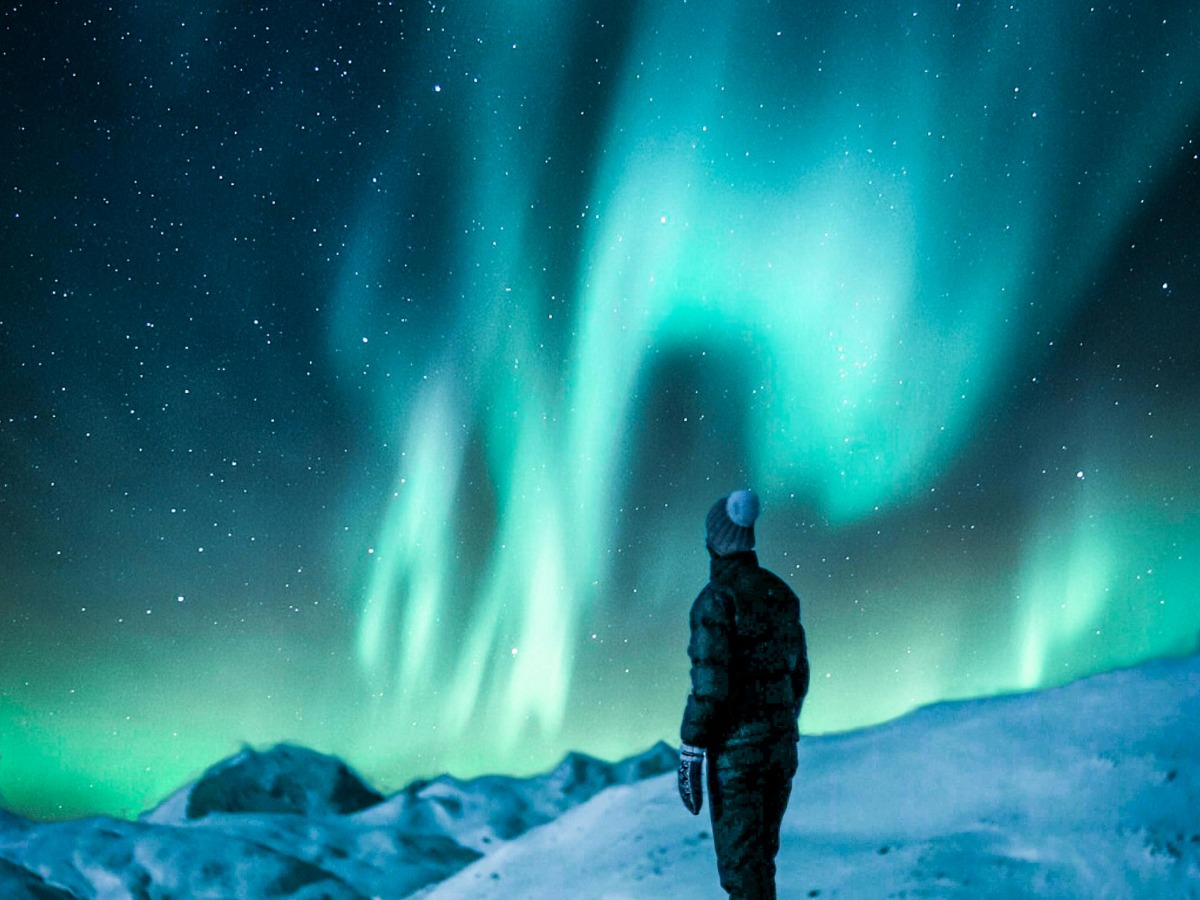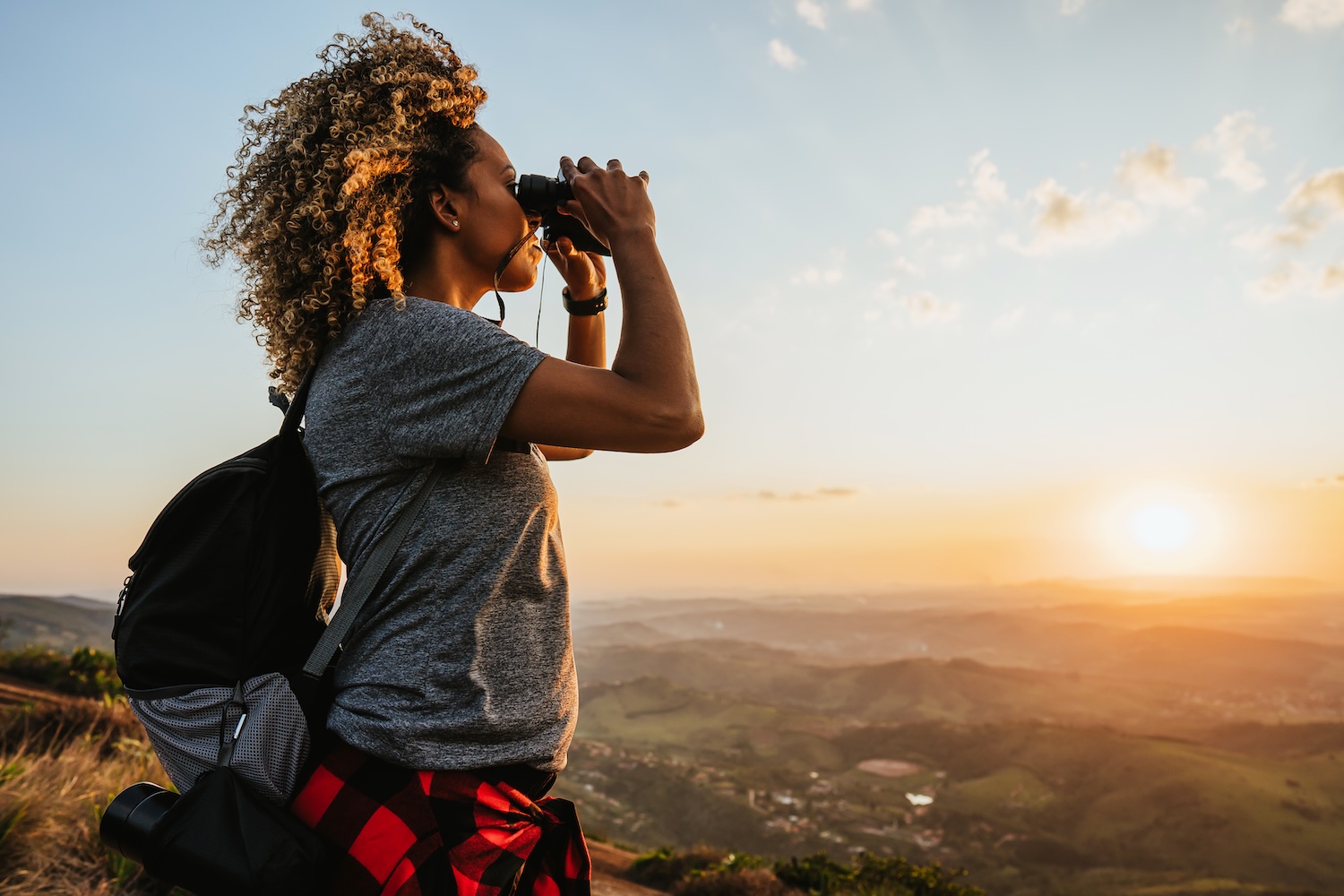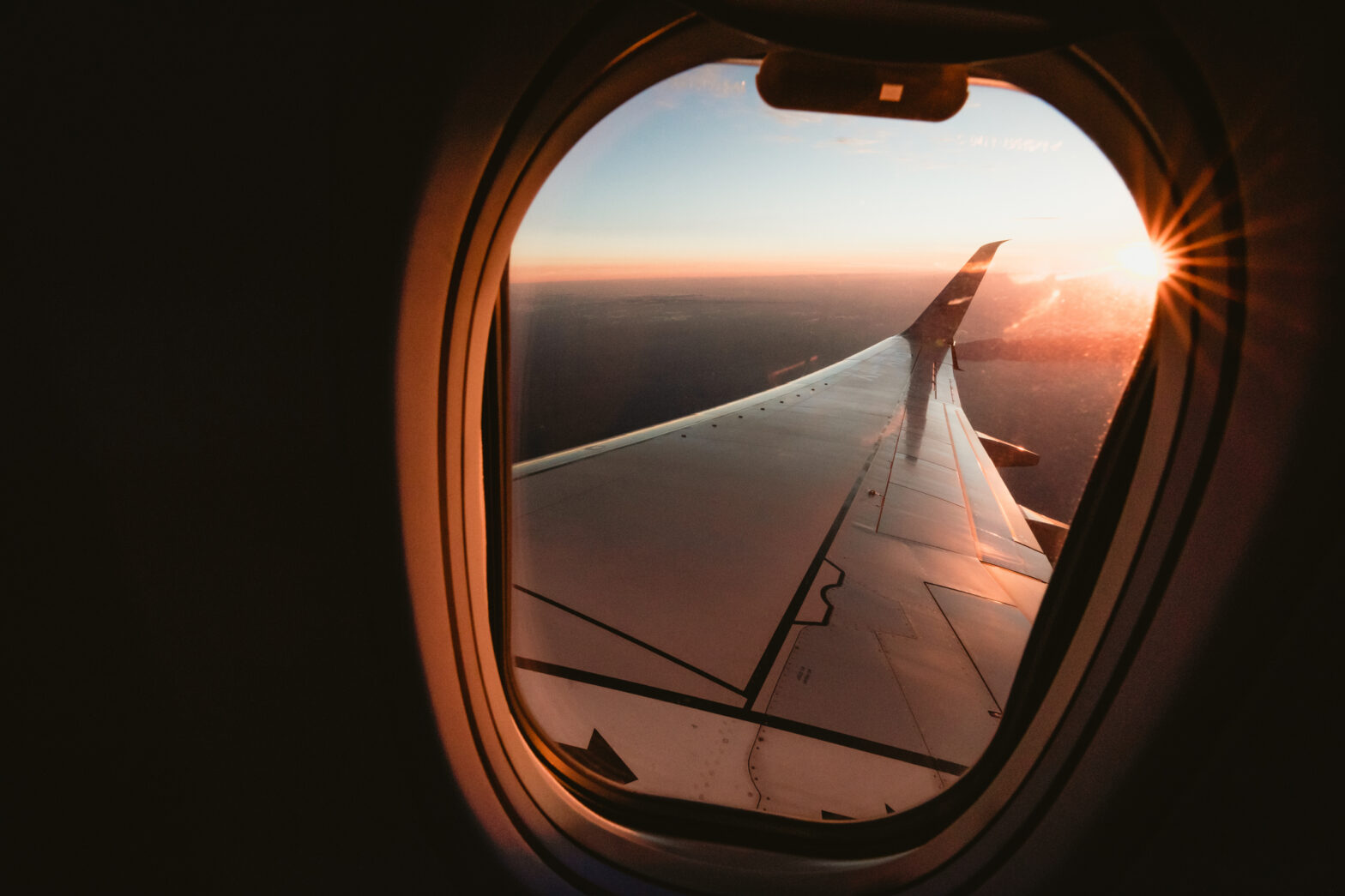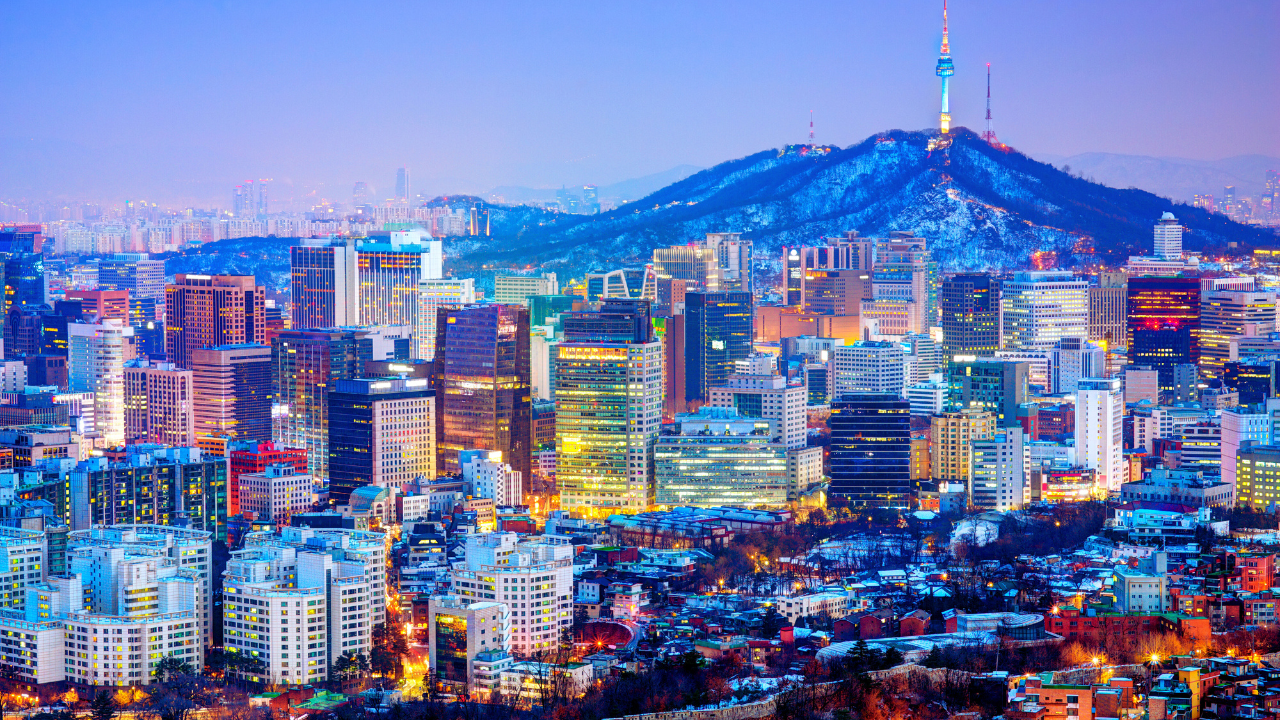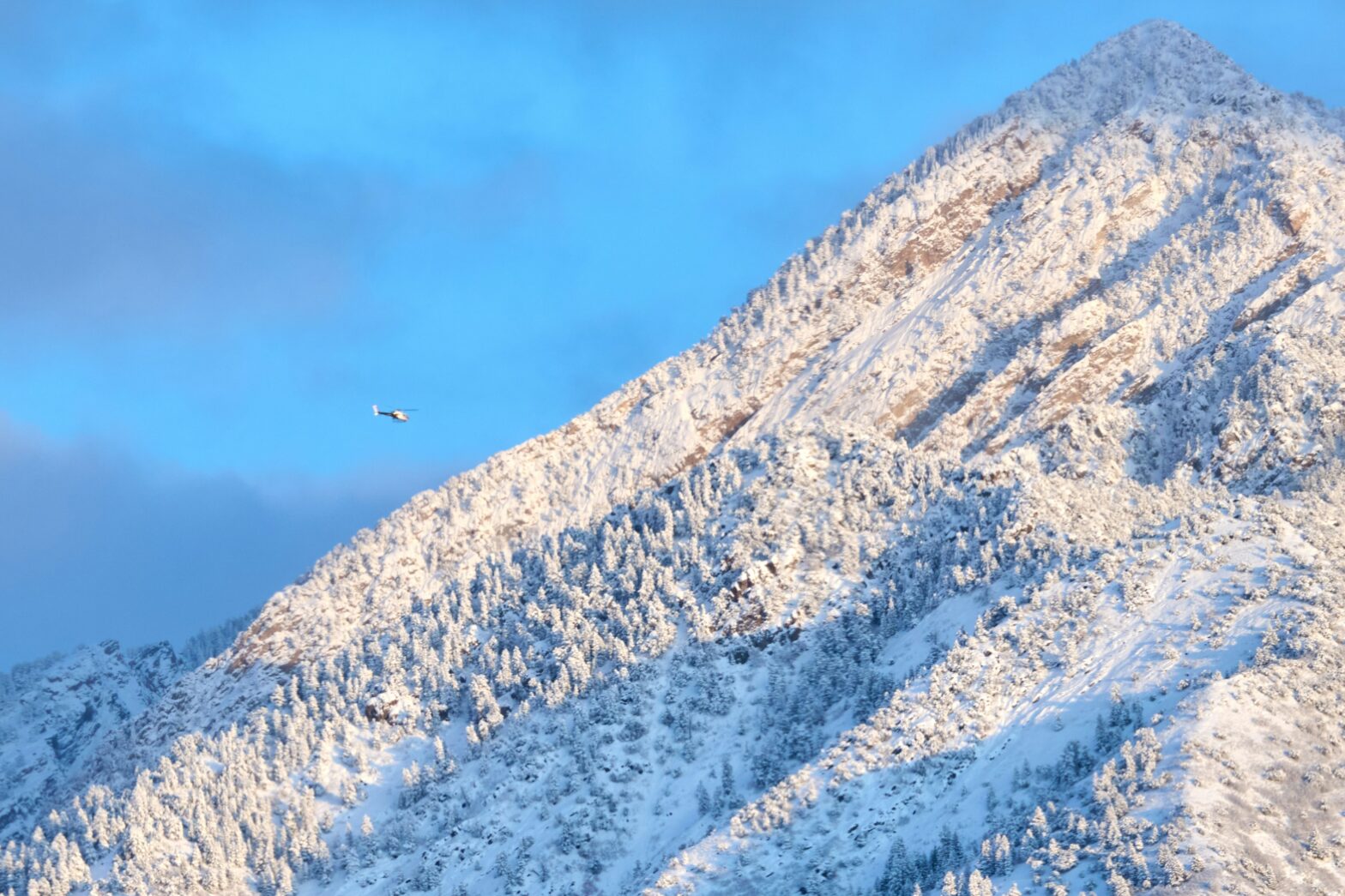Mother Nature is giving us a breathtaking display of affection this Valentine’s Day. The gift comes in the form of the aurora borealis, commonly known as the northern lights. As couples exchange cards and chocolates, the sky above certain U.S. states will be adorned with a mesmerizing light show, courtesy of our sun’s heightened activity.
The enchanting display is the result of a minor G1 geomagnetic storm forecast by the National Oceanic and Atmospheric Administration (NOAA) Space Weather Prediction Center. This celestial event is a product of our sun’s current phase in its 11-year cycle, known as the solar maximum. During this period, solar activity and energy discharge reach their peak, leading to more frequent and intense auroral displays.
Where To Witness The Valentine’s Day Northern Lights
For those hoping to catch a glimpse of this romantic celestial display, several northern U.S. states are in for a treat. According to NOAA’s aurora viewline map, the following areas have the best chance of witnessing the northern lights:
- Washington (northeastern corner)
- Idaho (northern-most tip)
- Montana (northern half)
- North Dakota (entire state)
- Minnesota (northern half)
- Michigan (northern-most top)
- Maine (northwestern corner)
States such as Wisconsin and Alaska are also mentioned as potential viewing locations. Moreover, there’s the possibility of the auroras stretching as far south as northern Michigan and Maine, depending on the intensity of the solar storm.
When And How To See The Lights
If you want the best viewing experience of the Valentine’s Day northern lights, timing is crucial. NOOA Space experts suggest that the optimal time to witness the northern lights is usually within an hour or two of midnight, specifically between 10 PM and 2 AM. This timeframe tends to coincide with increased geomagnetic activity.
Find a dark spot to maximize your chances of seeing this Valentine’s Day spectacle. Move away from city lights and other sources of light pollution. The darker your surroundings, the more vivid the aurora will appear. Also, check the weather. Clear skies are essential for aurora viewing. Cloud cover can obstruct the view, so a cloudless night is ideal.
And don’t forget to be patient. Auroras can be unpredictable. Sometimes, they appear suddenly and last only a few minutes, while other times, they may dance across the sky for hours. You should also use technology wisely. While no special equipment is needed to view the aurora, smartphones or digital cameras can often capture more detail than the naked eye, potentially revealing colors and patterns not immediately visible.
